Meet Our Animals
The Brandywine Zoo proves that great things do come in small packages. The Zoo features animals from the tropical and temperate areas of North and South America, Asia and Africa. Our animals range from more common species to the highly endangered. All enjoy natural settings and welcome your visit to the zoo. Some animals may be off exhibit during cold weather.
Vultur gryphus
Andean Condor

Habitat
Geographic Region & Range
Diet
Physical Description
The body is feathered in black with large white patches on the underside of the wings and white, downy feathers surround the neck. Male condors have a rigid piece of skin called a “comb” on top of their heads, as well as golden-colored eyes.
Lifespan
Natural Habitat: 50 years
Under Human Care: 75+ years
Threats
Status

What are AZA Zoos doing for
Andean Condor
Andean Condors are part of a managed conservation breeding program. The Yellow level SSP, managed by the Raptor TAG, supports in-situ field research which places telemetry devices on adults to study ranges and territories. Brandywine Zoo regularly supports this program financially.
Since 1989, over 60 of these spectacular birds have been hatched and reared in US zoos, and some have been released in the remote regions of Colombia. Since 1989, 68 Andean condors, raised in American and Colombian zoos, have been released in Colombia, Venezuela, and Peru in an attempt to re-establish the birds in their range countries. As of 2018, 69 Andean condors live in 32 AZA facilities.
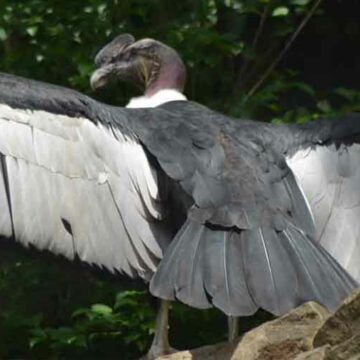
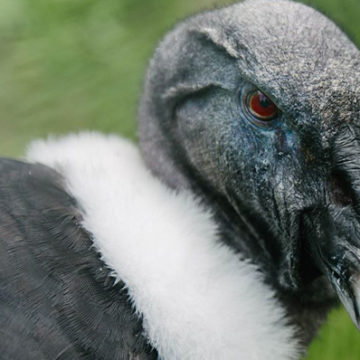
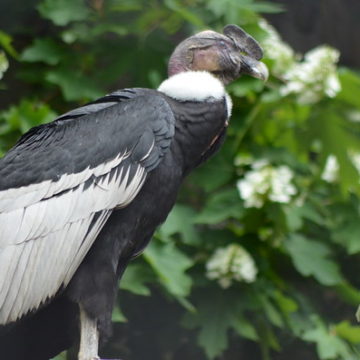
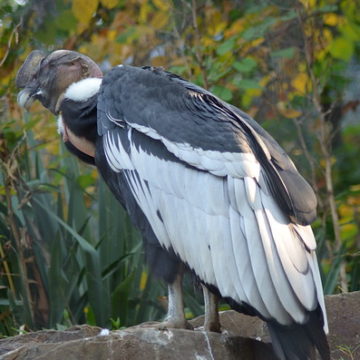
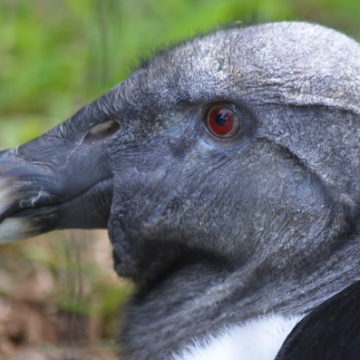
Fun Facts
The Andean condor is the national bird of half of the countries in South America and plays an important role in folklore and mythology throughout the Andean region.
In July of 1942, the first Andean condor hatched in a US Zoo was born at the San Diego Zoo.
The oldest known Andean Condor was 79 years old.
A group of vultures is called a wake, committee, venue, kettle, or volt. The term kettle refers to vultures in flight. Committee, volt, and venue refer to vultures resting in trees. A wake is reserved for a group of vultures that are feeding.
A vulture’s stomach acids are so strong, they can even dissolve metal!




